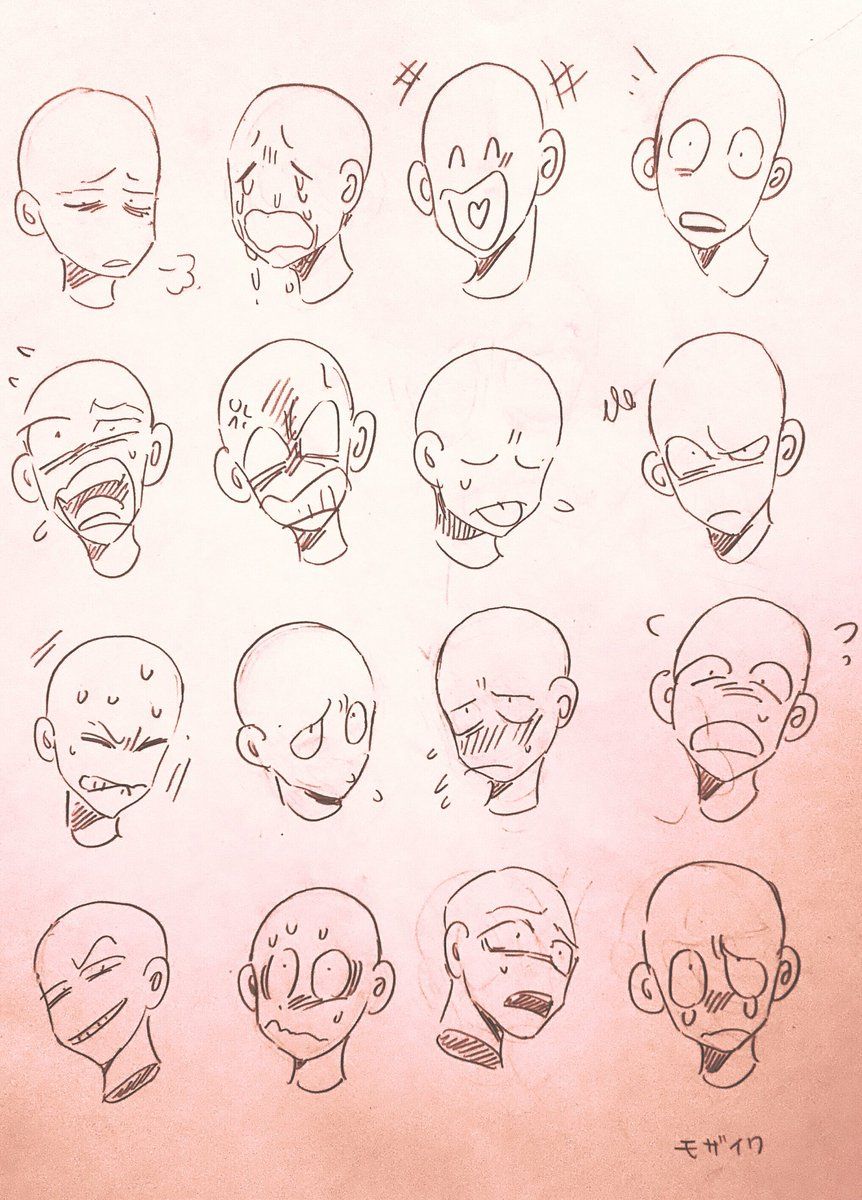


FACIAL EXPRESSIONS DRAWING FULL
The early work of Darwin (who took full advantage of the British Empire’s broad geography) indicated that people all over the world both express and perceive facial expression in similar ways. Human facial expressions are also designed to arouse reactions from others. Solso The Universality of Facial Expression According to Paul Ekman, facial expressions of emotion-anger, happiness, disgust, surprise, sadness, fear-are universal across cultures. Discussing aggressive expressions of animals, Darwin wrote: “When a dog is on the point of springing on his antagonist, he utters a savage growl the ears are pressed closely backwards, and the upper lip is retracted out of the way of his teeth, especially of his canines.” Species from menacing cobras to laughing baboons to play-acting birds such as the common killdeer (which tries to draw predators away from its nest with cries of “killdeee, killdeee” and a “broken wing” charade) have survived another day by demonstrating aggressive or distracting behaviors. © Steve McCurry / Magnum PhotosĬharles Darwin’s classic book, The Expression of the Emotions in Man and Animals, 1 pointed out that facial gestures, as well as some postures, were part of the survival kit of some animals. Darwin’s dog: a facial display clearly understood by an antagonist. Ability to read faces became a tool for human survival. The formation of alliances, vitally important in what we might call the “hive-life” of social people, depended on communicating trustworthiness, which could be done, in part, through the always conspicuous face. As cooperative societies emerged and people relied on each other for working together in hunting, food gathering, or constructing shelter, it was helpful to rely on bodily and facial expressions as much as on words to comprehend intentions and emotions. Knowing whom to trust and whom to suspect saved many of our ancestors from needless bloodshed, so they could live to obtain food and mate another day. Throughout the long course of human evolution, recognizing and evaluating people on the basis of their faces made an important contribution to survival. Just below this behavioral act, however, lies a more profound reason for our response to faces. In general, faces we find attractive or trustworthy, we bond with faces we find offensive or deceitful, we avoid. More often than not, we evaluate each other from first impressions based largely on facial expressions. Faces tell us more about a person than any other physical attribute and have always been socially important to humans. Why was nature so consistent in composing faces? Essentially, the arrangement optimizes survival: the eyes located high for a commanding view of the world, the nose turned down to avoid the rain, and the mouth situated to ingest food that has been perused by the nose and eyes above it.įaces are usually the first thing we notice in other people. Almost all creatures, from dogs to canaries, gorillas to penguins, salamanders to crocodiles, kangaroos to spiders, and certainly members of our human family, manifest the same formula for facial composition: a forehead, two eyes, a nose, a mouth, and a chin that are in the same relative positions.


 0 kommentar(er)
0 kommentar(er)
